Technique: Normal takeoff and climb
Are you ready to roll?
It’s said that a mile of road takes you one mile, but a mile of runway takes you anywhere. That’s never more apparent than when you taxi an airplane onto a runway and get ready to take off. You’ll quickly leave the expanse of pavement beneath you, and each takeoff heralds a new flight in your aviation journey.
- Complete your pretakeoff checklist
For this takeoff, winds are light and straight down the runway, which you can verify by glancing at a windsock, if available.
- Carefully check the final approach
course for arriving traffic
In a high-wing airplane, angle the nose slightly toward the approach end so that you can get an unobstructed view of traffic. Announce your intention to taxi onto the runway. At a towered airport, you will be cleared to taxi onto the active runway. Even though you’ve been given permission, check final for arriving traffic.
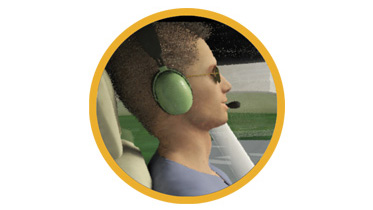
- Enter runway
Taxi onto the centerline. Ensure that the direction of the runway aligns with the airplane’s magnetic compass.
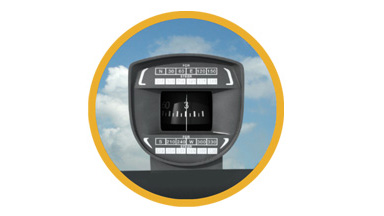
- Begin takeoff roll
In most trainers, your left hand stays on the yoke or stick. Use your right hand to smoothly apply full power to the throttle. (Smoothly means just that. Don’t shove the throttle in.) As the airplane accelerates, take a second to verify that oil temperature and pressure are in the green and airspeed is coming alive, meaning no pitot-static blockage.
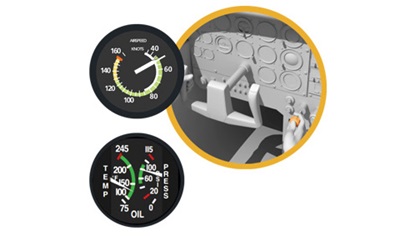
- Left-turning tendencies
Here’s where things get a little interesting. The propeller creates thrust, and it also creates four left-turning tendencies: torque, spiraling slipstream, P-factor, and gyroscopic precession. The airplane will want to turn to the left on the ground, so use the rudder to track the centerline.
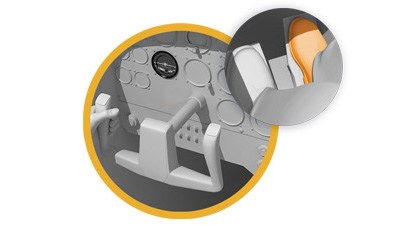
- Rotate
At rotation speed, the airplane has enough speed to fly off the runway. Use back-pressure to raise the nose. You shouldn’t have to jerk or yank the controls. Now the left-turning tendencies will cause the airplane to want to roll and yaw to the left, so keep applying right rudder.

- Climb out
Raise or lower the nose to achieve the correct pitch attitude for your desired airspeed and rate of climb. Adjust elevator trim as needed. You will need right rudder as long as the airplane is climbing.
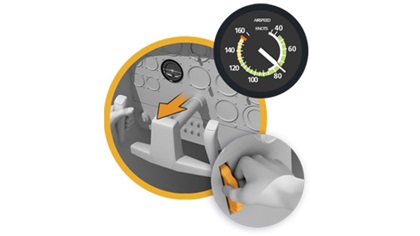
- Level off
When you reach your desired altitude, adjust power and elevator trim again.
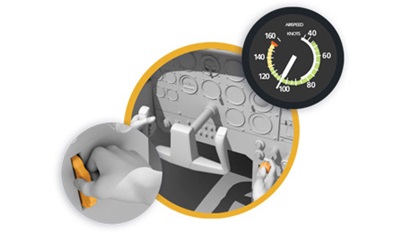

Jill W. Tallman
AOPA Technical Editor
AOPA Technical Editor Jill W. Tallman is an instrument-rated private pilot who is part-owner of a Cessna 182Q.



